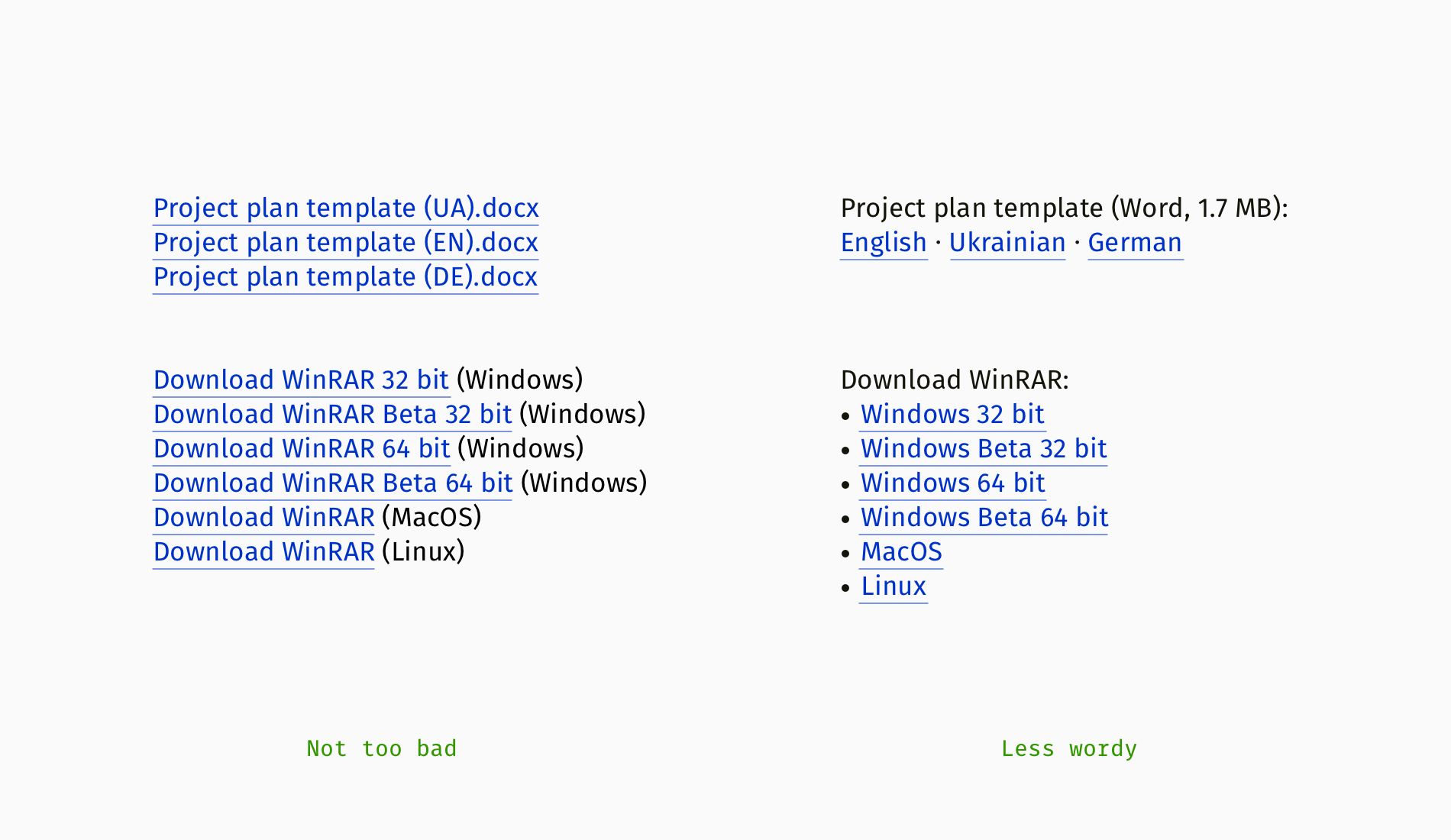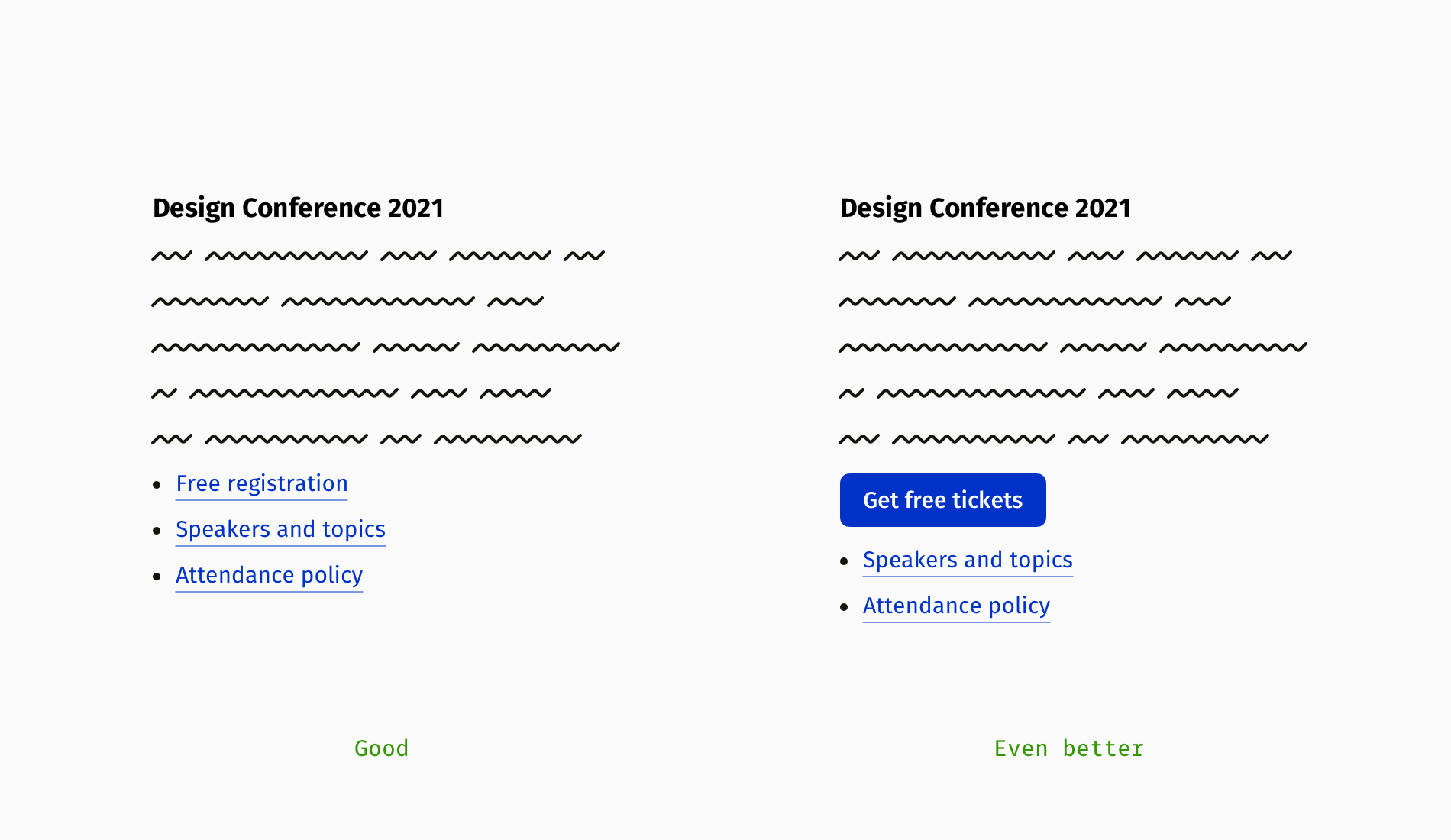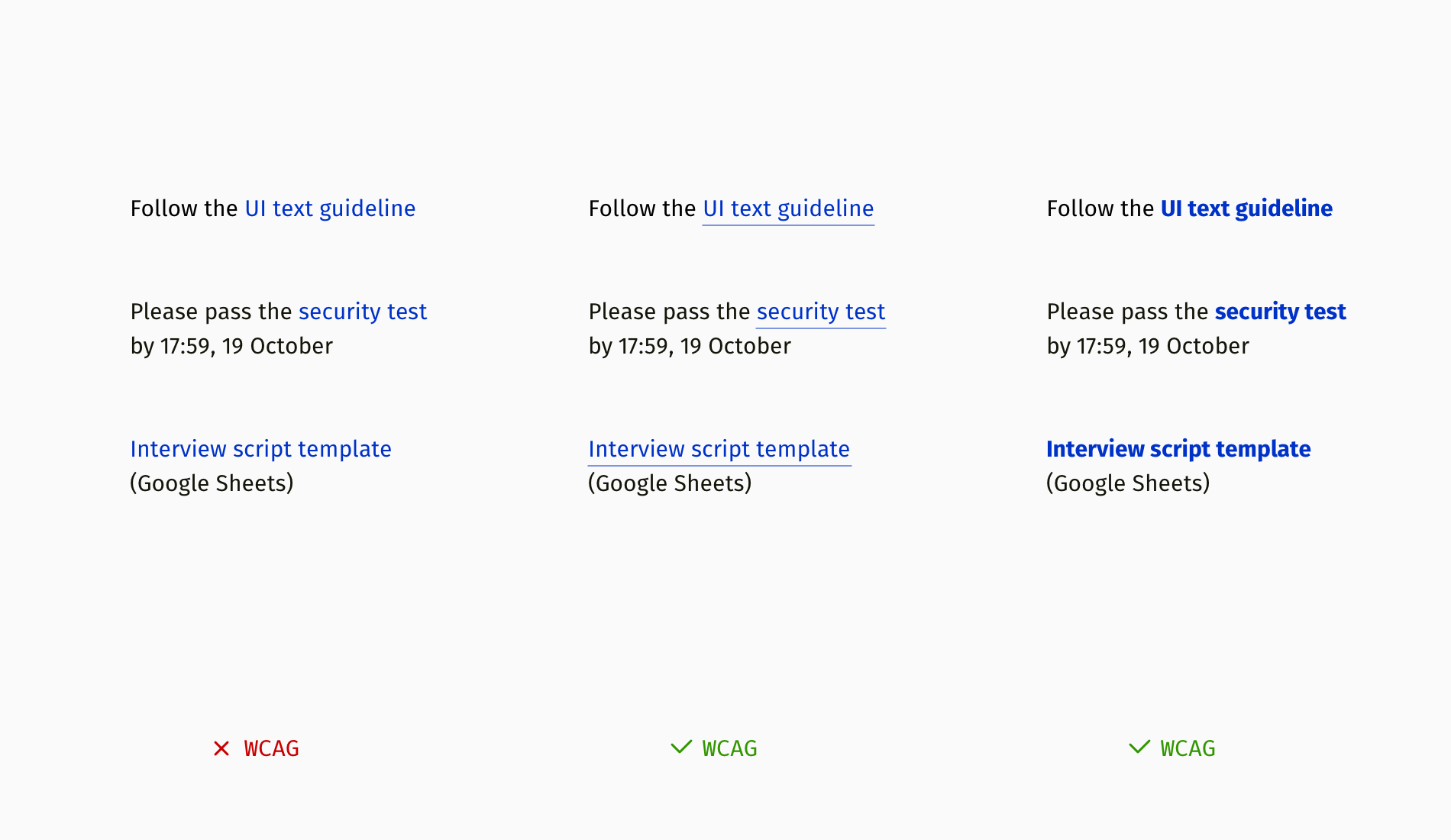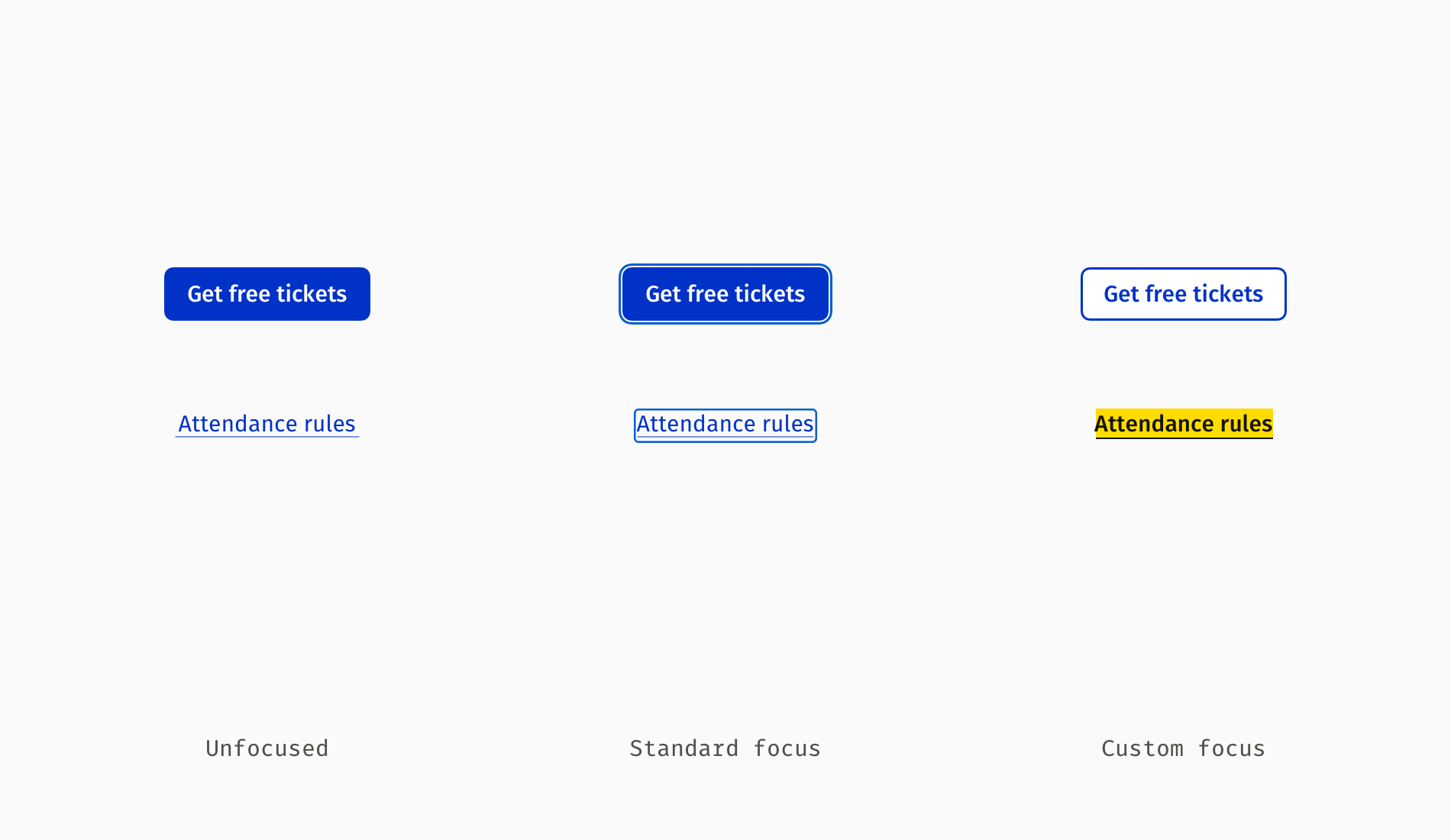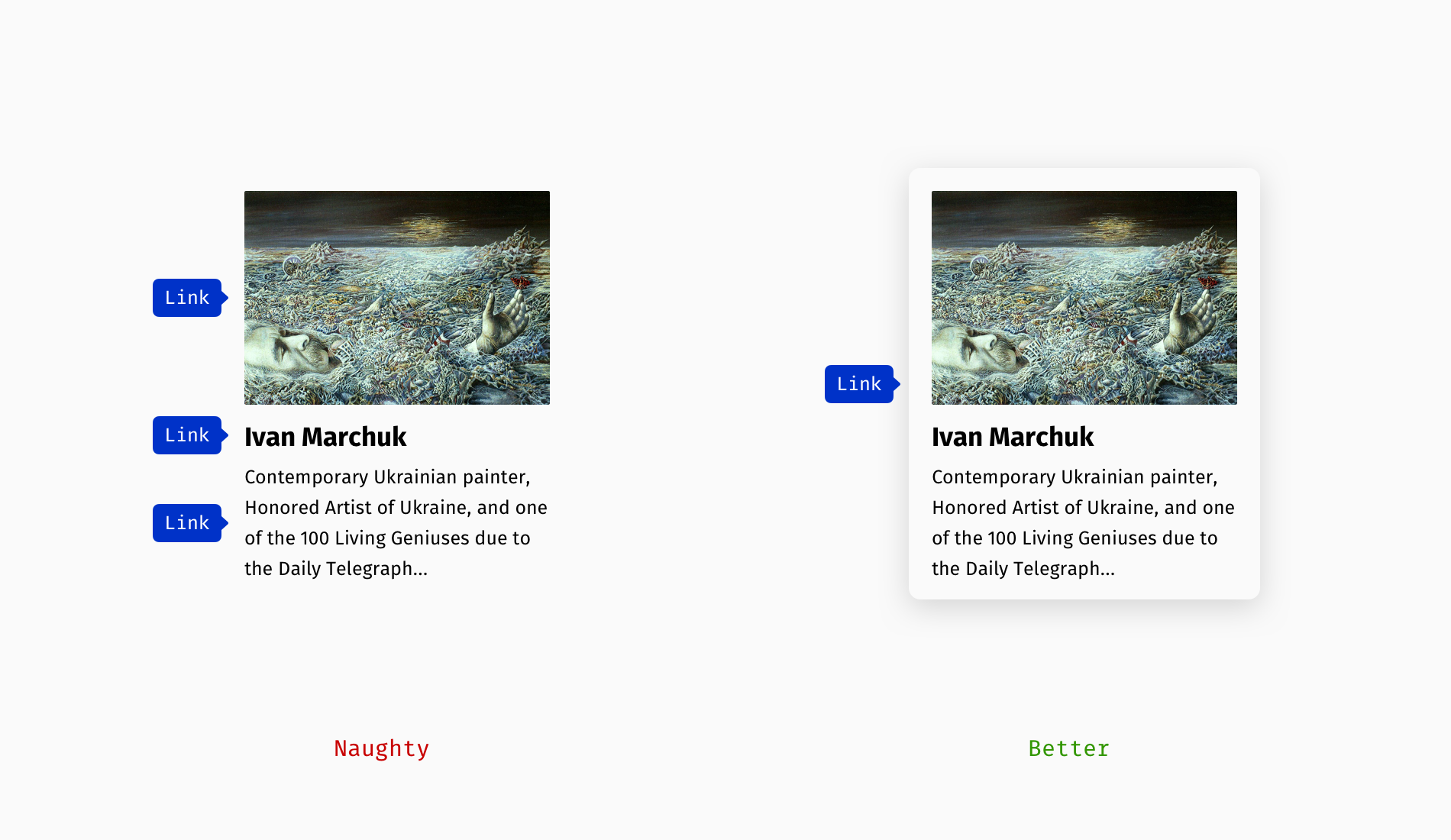Original Source: https://ecommerce-platforms.com/articles/best-influencer-marketing-platform
Are you dreaming of becoming a social media influencer and unsure of where to begin? Or maybe you’re already a social media superstar looking for new and innovative ways to increase your influence? Alternatively, you may be a company considering hiring influencers for the first time and looking to learn more about influencer marketing platforms.
Well, either way, you’ve come to the right place! Here we’re exploring the big wide world of influencer marketing platforms! So let’s jump right in! #influencer #worlddomination
What’s Influencer Marketing?
Since the dawn of the internet and social networks, people have capitalized on online advertising and eCommerce. In fact, as far back as 2006, influencers established themselves as the ‘head-honchos’ of digital marketing.
The idea, while simple, is a genius one: Pay influencers and celebrities to inspire consumers to buy your product or service.
When it comes to marketing KPIs, the most crucial is ‘return on investment’ (ROI). Fortunately, when done well, influencer marketing can generate as much as 11 times the ROI than traditional marketing methods!
With all that said, what are the best influencer marketing platforms?
First up on this list, social media…
Social Media Platforms
At first glance, with so many social media platforms out there, social media marketing can seem daunting – to say the least!
But, fear not, they’re not as scary as they seem.
Facebook, Instagram, TikTok, Snapchat, and many more have taken the world by storm, connecting A-lister stars with adoring fans across the globe. Needless to say, social media has undoubtedly opened the world up to new opportunities, adventures, and influences.
But, for our purposes, the key platforms for influencer marketing are:
InstagramFacebookYoutubeTikTokSnapchat
That said, let’s take a closer look at our first social media platform: Instagram.
Go to top
Best Influencer Marketing Platform: Instagram
Instagram is the place for anyone wishing to share aspects of their life or business. Whether your account is for private use, connecting with family and friends only, or business, Instagram connects people and brands.
When it comes to influencer marketing, you can promote your brand on Instagram by sharing posts, stories, reels, lives, and more with your followers. As you may already know, influencers have a significant impact on Instagram, whether they’re selling a product, movement, or their own brand- it’s an excellent platform for boosting brand awareness. In fact, as many as 89% of marketers say Instagram’s the most important channel for influencer marketing.
In 2019, Instagram began testing Facebook’s Brands Collabs Manager with a select group of influencers. It’s a tool that allows chosen content creators to source partnerships, deals, and share campaign data. This is an excellent place for influencers to get even more exposure and likewise an ideal platform for business owners looking to find fruitful partnerships.

Pros
Instagrammers Like to Shop
When you consider that 70% of shopping enthusiasts turn to Instagram to find products, adding Instagram influencers to your marketing budget will help you attract some of that cohort. Not least because 37% of Instagram users interact with influencers.
Extend Your Reach
Instagram is famous for its global reach, with as many as one billion active users enjoying the platform every month! With so many potential followers to be had, why wouldn’t you use this valuable asset to promote your brand and get the word out there?
It Can Be Inexpensive and Efficient
As for cost, there’s no set template here. Influencers are paid by their reach, and this is based on the number of followers and/or subscribers they have. Influencers are broadly put into five categories:
Nano-influencers: 1,000–10,000 followersMicro-influencers: 10,000–50,000 followersMid-tier influencers: 50,000–500,000 followersMacro-influencers: 500,000–1,000,000 followersMega-influencers: 1,000,000+ followers
Costs vary and aren’t set in stone. Interestingly, the latest research suggests that a mid-tier influencer with around 100,000 followers would earn about $500 per Instagram post. In contrast, a Nano-influencer will be paid anywhere between $10-100 per post.
Cons
The Wrong Influencers = Bad Business
There’s an element of risk with anything, and with Instagram influencers, hiring the right one can make or break your business.
For example, when mega influencer Kim Kardashian promoted an anti-morning sickness drug on Instagram and failed to disclose its potential side effects, the FDA pressured her to remove the post.
Then there was beauty and fashion influencer Chriselle Lim, who was hired by Volvo to promote their cars. Unfortunately, her followers weren’t too happy because they felt the ad wasn’t authentic to her style.
These are just a few of many examples where companies have likely spent sizable sums to secure such prestigious influencers, only for the results to have flopped.
Who’s Instagram Best for?
Whether you’re an influencer or looking to hire an influencer, Instagram has to be the right fit for your brand. Instagram is a platform that encourages and thrives on engagement, particularly visual content that’s attractive to its audience, which is primarily younger. Most Instagram users are under 30, with 31% aged 18-24 and 31.2% aged 25-34. So if that’s your demo and you think Instagram would work for your line of business, it’s worth checking out!
Go to top
Best Influencer Marketing Platform: Facebook
When someone mentions social media, the first thing that comes into most people’s heads is Facebook. It’s the ultimate platform for connecting with friends, family, and colleagues. With 2.38 billion monthly users and 65 million small business owners using Facebook Pages to promote themselves, it’s no wonder 83% of marketers include Facebook in their marketing strategy.
Facebook has its own platform called: Brand Collabs Manager. Here, influencers can sign up and create a profile. Then, on the flip side of the coin, businesses interested in hiring influencers can browse the profiles and hopefully find an influencer that complements their ethos and business needs.

Pros
Reach New Demographics
As we’ve already said, when we talk about influencer marketing, Facebook’s child-platform Instagram tends to be more relevant for young audiences. However, Facebook’s still a great way to reach new audiences thanks to its billions of registered users. In fact, it’s especially advantageous if you’re targeting a slightly older demographic, as 49.2% of Facebook’s users are aged 25-44.
Building Community
Facebook groups are fantastic for building an online community and nurturing a sense of togetherness. Namely, because it’s easier for influencers to engage directly with their target audience’s discussions, posts, queries, etc.
Facebook Live
Like Instagram, Facebook also comes with a live video function. This allows you to live stream an event or performance for viewers to watch via their phones, TVs, or computers. Engagement comes via comments, shares, or likes. Influencers typically benefit from Facebook live if, for instance, they want to do a live demo of themselves testing a product.
Cons
Less Organic Reach
Facebook’s algorithm makes it difficult to attract much in the way of organic views or engagement. For example, at the end of 2020, the average reach of an organic post was 5.2%, while the engagement rate for an organic post was 0.25% in the same period.
Who’s Facebook Best for?
Facebook is great for all kinds of businesses and influencers – especially those looking to target demographics aged between 25 and 44.
Go to top
Best Influencer Marketing Platform: YouTube
YouTube rapidly established itself as a platform for uploading video content for entertainment, education, product reviews, etc., – you name it, it’s probably on YouTube! An astonishing one billion hours of YouTube video content are viewed on the platform daily, with 500+ hours of content uploaded every minute.
YouTube enables users to watch, like, comment, and share videos as well as subscribe to their favorite YouTube channels. Given that the platform supports longer-form videos, it’s ideal for anyone offering more in-depth content.

Pros:
You Can Post Longform Content
As we’ve already mentioned, YouTube lets influencers post longer videos. This makes it much easier to review products in-depth, tell a story, and give viewers greater insight into their lives. In addition, YouTube’s algorithm favors videos longer than 10 minutes because it keeps viewers on the platform in one place, making it easier to show them ads.
Few other platforms give influencers the same opportunity to post this kind of long-form video content. For example, TikTok videos started out as 15-second clips, then 30 seconds, and, at the time of writing, it was 3 minutes.
It Excels at Video
It’s no secret that YouTube’s still one of the top video content platforms with 2 billion active users as of 2020. This is good to know because video marketing is on the up and up. In fact, 64% of customers are more likely to buy a product after seeing a video featuring it.
Fortunately, YouTube comes with a range of helpful video features, like the ability to embed links, add subtitles and captions, showcase an enticing thumbnail, and more. Each video also gets its own comment section which is a great place to encourage viewer engagement.
Monetization
YouTube has its own monetization scheme to pay successful influencers. In the first instance, a video can generate income through advertising if it has a lot of viewers.
In addition, influencers can charge for sponsorship deals. The amount of which typically depends on their reach, just as we discussed in the Instagram section.
Content Takes Longer to Create
Because high-ranking Youtube videos tend to be longer and the quality of video content is so high on this platform, creating competitive content can take much longer than other social media platforms.
You Need More Skills
It takes various skills to make a YouTube video look good, engaging the proper lighting, audio, camera work, editing, etc.
Who’s YouTube Best for?
YouTube is a platform where creativity and skill are crucial for standing out. It’s an entertainment channel, first and foremost, rather than a lifestyle platform like Instagram. As a result, YouTube is great for businesses and influencers wanting to tell a story and invest in every piece of content they create.
Go to top
Best Influencer Marketing Platform: TikTok
TikTok is a video-sharing app that enables users to create and post short 15-second videos. Thanks to its fun snippets of entertainment, TikTok has stormed Gen Z.
In fact, 50% of TikTok users are aged under 34, and 41% are aged 16-24 out of over 130 million active TikTok users. Many of whom visit the app as often as eight times a day.
The conclusion? TikTok is part of young people’s daily routine, making it the perfect place for influencers and business owners wanting to attract a more youthful audience.
TikTok is well-renowned for its challenges and trends. For example, the ‘Tell Me Without Telling Me’ challenge where TikTok users challenge each other to “tell” them something without actually using the words. Elsewhere, there’s ‘Zoom Meeting Mishaps,’ where TikTok users post about awkward Zoom meeting incidents.
These are just two of many popular trends, but you get the gist!
Celebrities have also embraced TikTok, including Reese Witherspoon, Gordon Ramsay, Will Smith, and Selena Gomez.

Pros
Capture a Young Audience with Huge Spending Power
As many as 60% of TikTok users are aged between 16 and 24, who have a spending power of $140+ billion, accounting for 40%+ of global consumers this year. Needless to say, this makes TikTok ideal if you’re looking to market yourself to this demographic.
Fun and Relatable
TikTok is all about short, fun, engaging, and relatable video content. As a result, it’s an excellent platform for brands and influencers with a good sense of humor looking to showcase their authenticity.
Great for Engagement
High-quality influencer content is easily shareable and has a good chance of reaching a massive audience organically. For example, a funny or creative video can spread on its own, allowing you to expand your audience and easily attract like-minded followers. An example of this is Elf Cosmetic’s hashtag challenge #eyeslipsface, resulting in 4 billion+ views and 5 million video contributions. Ad Week even called it the most successful TikTok marketing campaign.
Cons
It’s The Wrong Place for a Sales Pitch
Audiences come to TikTok to have a good time. As such, it’s not the right platform for sales pitches or formal analysis of a product’s features and benefits. TikTok videos need something fun and snappy to succeed, which, of course, doesn’t suit all brands and products.
TikTok Isn’t Right for Everyone.
Building on what we’ve just said, TikTok has a very niche audience. It’s primarily a younger, female crowd and those looking for fun, shareable content that takes seconds to consume. Consequently, TikTok isn’t suitable for brands trying to reach more mature audiences or those wanting to strike a more serious tone.
Who’s TikTok Best for?
TikTok is best for lifestyle-focused brands and influencers that are high-energy, youthful, innovative, and fun. Rather than focusing on conversions and sales, TikTok is an excellent place to establish and improve upon your brand perception.
Go to top
Best Influencer Marketing Platform: Snapchat
Compared to other influencer marketing platforms like Instagram and TikTok, Snapchat is often forgotten about. But that doesn’t mean Snapchat, with its 293 million daily users, isn’t a worthy contender for your influencer marketing strategy.
The platform hinges on the concept of FOMO (the fear of missing out). Here, users, influencers, and celebrities can post images or videos that can only be viewed within a set time before they disappear. Then, once a user has seen the content, they can’t view it again.

Pros
You Can Use Snapchat to Reward VIP Customers
Snapchat’s disappearing content makes it the ideal platform for influencers to reward loyal followers with one-off additional content.
A Moment in the Life of…
Authentic brands and influencers can benefit from the one-on-one feeling and authenticity that Snapchat provides. It’s excellent for:
Shooting behind-the-scenes-style contentLifestyle updatesLittle memories and stories
…and anything else that helps you establish a deeper, more personal connection with your audience.
Cons
Organic Growth is Practically Impossible
Because you need to actively follow or befriend someone on Snapchat to see their content, most people won’t follow an influencer unless they’ve already seen them elsewhere. In light of that, Snapchat’s rarely an influencer’s primary platform because it’s nearly impossible to grow organically. Put simply, you need an established audience before you can make waves on this channel.
Nothing Lasts
While Snapchat’s great for that FOMO feeling and provides sneak peeks into an influencer’s life, content isn’t available to view for long. As such, it’s not a great fit for brands looking to create permanent or evergreen content.
Who’s Snapchat Best for?
Snapchat is best for influencers that already have a dedicated following who want to engage with their most loyal fans more personally.
As for marketers, if they want to reach teens, Snapchat is potentially a good choice, with 34% of US teens favoring it over other platforms, followed by TikTok and Instagram. That said, a 2020 study found that only 11% of marketers were using Snapchat as a video channel.
Go to top
Influencer Marketing Platforms
As we’ve just established, influencers can nurture a presence on any and all of the social platforms mentioned above. But how do you find sponsors to pay you to promote products and create content? And in turn, how do businesses get in touch with influencers looking for collaboration opportunities?
This is where influencer marketing platforms are worth their weight in gold.
In short, these are networking platforms where businesses and influencers can get in touch to arrange sponsorships or other deals. On some platforms, influencers can browse through available opportunities and pitch themselves. Likewise, other networks provide companies with directories full of influencers to peruse through.
That said, let’s discuss some of the best influencer marketing platforms available today:
Best Influencer Marketing Platform: #paid
#paid is a leading all-in-one influencer marketing software that enables you to hire influencers and launch influencer marketing campaigns from the convenience of one place.
Using #paid’s Handraise™ feature, the platform will match your brief with the best creator for your specific needs. Working with Facebook, Instagram, YouTube, and Snapchat, #paid provides a simple and effective marketing solution for brands looking to expand their business.

Pros
If you’re looking to hire an influencer, you’ll be pleased to hear that content creators have to pre-qualify before entering the pool and are only chosen if their following marries with your target market. Influencers then compete by pitching their ideas and campaign concepts for businesses to review.
On the flip side, if you’re an influencer, you benefit from an established relationship with #paid. When it comes to finding new collaboration opportunities, this platform does most of the work for you. They’ll match you with brands who want you to be the face of their campaigns that also suit the audience you want to interact with -win-win!
#paid also comes with a centralized messaging system that enables clients to communicate clearly with creators to ensure maximum efficiency. Finally, previews are also available so that clients can double-check everything’s up to scratch before the campaign goes live.
Cons
There are limited numbers of influencers to choose from, so you may end up picking someone that isn’t the perfect fit for your brand.
Who’s #paid Best for?
#paid is best for influencers with followings over 5,000 and an active engagement rate (at least 2%). This is essential for the sign-up process – applicants that don’t meet these criteria won’t be successful.
Also, businesses looking to hire relevant influencers or creators quickly (who are a good fit for their brand) and want a one-stop-shop method of doing so have lots to gain from #paid.
Go to top
Best Influencer Marketing Platform: Upfluence
Upfluence is an all-in-one influencer database platform. It provides end-to-end campaign management, influencer search software, and marketing campaign creation, all from the safety of the cloud.
The platform makes it easy to:
Influencer discovery for campaignsKeep on top of influencer relationship management Streamline automated campaignsHandle influencer paymentsTrack ROI and salesIntegrate with your existing marketing stack.
Put simply, Upfluence provides companies with all the info they need to find the right influencer for the right job – or even a whole team of influencers!
For influencers wanting to appear on Upfluence’s database, they’ll need to go through a screening process to ensure they’re legitimate, have high engagement, and have an extensive reach. That way, companies can trust who they’re hiring.

Pros
Upfluence’s main advantage is that it’s truly a holistic influencer marketing platform that provides businesses with real-time data about specific influencers. This goes a long way to helping brands make the best possible collaboration decisions for their business. In addition, the user-friendly interface makes the platform easy to use and quick to navigate.
Influencers get to potentially work with big-name brands such as Amazon, Universal, Farfetch, Asics, and Zappos.com. Not to mention, they receive secure and convenient payment via the platform.
Cons
There are no prices available on its website (at the time of writing). Instead, interested parties have to contact Upfluence to receive quotes. The database is also much smaller than other platforms, so there’s a higher chance that you won’t stumble across the ‘perfect fit.’ In addition, a few Upfluence users have complained about lousy customer support.
Who’s Upfluence Best for?
Upfluence has four price plans, and although prices are not visible, they are aimed in sequence at small, growing, or enterprise organizations. Upfluence doesn’t limit itself to specific niches. In fact, its website tells clients that it has all types of influencers around the world – from nano content creators with a few hundred followers to celebrities who attract millions of fans.
Go to top
Best Influencer Marketing Platform: Pixlee
Pixlee is a content management tool, as well as an influencer marketing platform. It enables brands to collect and curate content posted by their customers, including product reviews or mentions.
Through Pixlee, brands can contact those influencers and ask permission to share their content on their own pages. Thus building a content strategy based on social proof and user engagement.
So, in short, Pixlee empowers brands to find and manage social influencers and potential brand advocates via their social listening features. Once the brand has identified opportunities for collaboration, they can then engage those influencers in 1:1 conversations to plan their content strategy and negotiate compensation.
Pixlee also helps you visualize the ROI generated from your influencers and content across your social channels from one centralized dashboard. That way, you can keep on top of exactly what’s leading to impressions and conversions.
Influencers can also sign up to Pixlee to feature as certified influencers and get matched with potentially interesting brands. This part of the platform is called Pixlee for Creators and acts as a communication channel between influencers and clients. Here, influencers and brands can share contracts, manage content approval, share campaign status updates, and more.
Influencers just create an account by registering via Facebook. However, influencers are also strongly encouraged to link their Instagram accounts too. If brands are interested in working with an influencer, having seen their read-only profile, they’ll send a campaign invitation via email.

Pros
Pixlee’s main advantage is that it streamlines the curation of user-generated content. Namely, by making it incredibly easy for brands to engage with influencers who already love your products.
For influencers, it’s quick and easy to sign up via Facebook. On top of that, the platform’s incredibly intuitive, with users saying they especially like the chat portal that enables them to communicate with the businesses they’ve been retained by.
Cons
Not all businesses- especially companies who are just starting out will have customers talking about them. If that’s the situation you’re in, Pixlee probably isn’t the right platform for you. On top of this, Pixlee doesn’t provide a clear pricing scheme – you have to get in touch for a quote.
Who’s Pixlee Best for?
Pixlee’s website states that it’s ideal for innovative brands with an active customer base that wants to inject more social proof into their content.
As far as influencers are concerned, Pixlee is best for those wanting to contact the brands that use Pixlee that suit their profile. Brands listed on the Pixlee website include Kimpton Hotels and Restaurants, Fairmont Hotels and Resorts, Morphe, MadisonReed, Kenneth Cole, and Alterra Mountain Company.
Go to top
Best Influencer Marketing Platform: NeoReach
NeoReach prides itself in creating top influencer campaigns for enterprises and Fortune 500 companies. The platform offers the services of its full-fledged influencer marketing agency that handles everything from sourcing influencers to reporting on their performance and everything in between.
With this approach, brands can take their hands off the wheel and leave NeoReach to take care of their influencer marketing strategy.
But suppose you want a little more control over your campaign? In that case, the platform also enables you to search for your ideal influencer using 40 different filters, including keywords, social platforms, profile performance, and more. You can even search for the perfect influencers by audience demographic.
The entire collaboration with your chosen influencer(s) is automated to help efficiently plan campaigns and seamlessly execute them. This involves managing contracts, tracking payment history, reviewing posts, and coordinating influencer relationships.

Pros
NeoReach provides a complete end-to-end influencer marketing solution, including sourcing, contract negotiation, campaign strategy, detailed reports, brief creative development, and much more. It also has powerful search features to find the influencers you’d like to work with and the audiences they appeal to.
For influencers, NeoReach works with Fortune 500 brands, so it’s an opportunity to potentially work with big names.
Cons
As NeoReach targets fortune 500 companies, unsurprisingly, it’s not a budget-friendly solution for smaller brands.
Also, as NeoReach manages every aspect of the influencer marketing campaign, it places less focus on the personal relationship with influencers.
Who’s NeoReach Best for?
NeoReach is best for big brands, agencies, and enterprises wanting an end-to-end solution to achieve significant results.
As for influencers, NeoReach is probably best for influencers keen to work with larger brands. In which case, it’s likely those brands will be more interested in influencers with an extensive reach.
Go to top
Best Influencer Marketing Platform: Fourstarzz
Fourstarzz is one of the leading influencer marketing platforms for small and medium-sized businesses. For clients looking for influencers, it comes at a monthly cost of $59 per month, which unlocks access to over 800,000 creators. This includes niche nano- and micro-influencers alongside famous celebrities and athletes.
You can filter for influencers based on demographics, location, languages, engagement, interest, post value, and more. Then, you’re free to negotiate and communicate directly with your influencers. In addition, you can create a list of influencers for different campaigns and analyze their performance using Fourstarzz’’s predictive ROI tool.
Fourstarzz also provides a fully managed agency service, which is great if you don’t want to plan your own campaign.
As for influencers, the Fourstarzz website has a dedicated influencer area, and it’s free to sign up. Influencers are responsible for negotiating pricing and campaigns directly with brands. In addition, influencers have free access to the Fourstarzz Okanjo affiliate marketing section. Here you learn how to direct followers to products, and each time they buy, you earn a portion of every sale.

Pros
With its simple pricing plan, Fourstarzz unleashes the power of influencer marketing and makes it accessible for small businesses. You can create as many influencer lists, conduct unlimited searches, and build as many campaigns as you want. Not to mention, you can cancel your subscription anytime.
For influencers, Fourstarzz’s free sign-up process is simple to understand, and access to its affiliate marketing program is also a bonus.
Cons
There’s no free trial, and influencer contact details are only provided if you sign up for an annual plan (which does, however, lower the monthly cost to $44.25). Fourstarzz also falls short when it comes to post-campaign analytics. While it provides plenty of information about influencers upfront, it doesn’t measure how well their campaigns go once you’ve started to collaborate.
For influencers, Fourstarzz largely works with smaller and medium-sized brands, so if your eye is on a bigger prize, it may not be the platform for you.
Who’s Fourstarzz Best for?
Fourstarzz is a high-value, low-cost solution for small businesses looking to make influencer marketing part of their marketing strategy. That said, firms with a higher budget might prefer a platform with more campaign tracking functionality.
Where influencers are concerned, Fourstarzz is perhaps best suited to those keen to work with startup brands while earning some added income through affiliate marketing.
Go to top
Best Influencer Marketing Platform: MightyScout
One major way MightyScout differs from other influencer marketing platforms is that it works with digital marketing agencies to improve their return on investment. It focuses on Instagram and TikTok influencer tracking and provides analytics and reporting to boot. As a result, the platform helps agencies get more work done for their clients without hiring additional staff.
Rather than focusing on finding new influencers, MightyScout enables agencies to analyze their current influencer campaign performance using the platform’s profit and engagement calculator.
The agencies it works with represent a wide client base, including big names like Mastercard, L’Oreal, Disney, Walmart, Lancome, Nestle, Mercedes Benz, etc.

Pros
MightyScout dramatically reduces the time it takes agencies to track and monitor their influencer programs, significantly cutting labor costs. In addition, it comes with powerful reporting features across Instagram and TikTok and allows agencies to set hashtag and brand mention targets.
It’s an attractive proposition for influencers who are keen to work with agencies representing household name brands.
Cons
MightyScout doesn’t help you run or start influencer marketing campaigns or find new influencers. Instead, it aims to help agencies get a quicker and better grasp of their ongoing campaigns.
Another drawback is that the platform works only for TikTok and Instagram and no other social channels.
Who’s MightyScout Best for?
MightyScout is best for digital marketing agencies with a focus on influencer marketing. For example, suppose you’re spending vast amounts of time tracking your campaigns and analyzing the results. In that case, this platform can help you streamline workflows significantly.
Go to top
Best Influencer Marketing Platform: Tribe Dynamics
Tribe Dynamics is another influencer marketing analytics platform. Like Mightyscout, its focus is to provide businesses with better visibility into their influencer campaigns so that you get a firmer grasp of how they’re performing. You’re better positioned to optimize your campaigns and compare which influencers earn you the most conversions with this info to hand.
Tribe Dynamics also allows you to create custom feeds for subsets of your influencer community. That way, you can keep track of content and the impact of your influencer’s initiatives in real-time.

Pros
Tribe Dynamics offers some of the most powerful influencer marketing analytics on the market and a wide range of insights, including:
Relationship managementPosting historyCustom feedsBrand mention monitoring
Cons
Pricing is only available on request. However, even the micro plan provides tools for managing up to 750 influencers, indicating the kind of scale the tool operates at.
Tribe Dynamics also doesn’t provide tools to find and nurture new influencer relationships.
Who’s Tribe Dynamics Best for?
Tribe Dynamics is for larger data-driven brands and agencies that manage large influencer marketing campaigns consisting of hundreds of influencers.
Go to top
Best Influencer Marketing Platform: Brandbassador
Brandbassador is a referral and influencer marketing platform that aims to help brands and marketing departments attract customers with a brand affinity to your business. It’s more like an affiliate marketing software program that works for different-sized brands, including B2B companies.
Brandbassador calls itself a referral platform that helps enterprises and startups grow their profits by fostering relationships with brand ambassadors. The platform’s software allows you to identify and enroll customers, affiliates, influencers, partners, and employees into your advocate programs and create personalized referral campaigns. You can then track and monitor your ambassadors and automatically reward your best partners with cash, points, credits, or gift cards.
Brandbassador integrates with a suite of other marketing tools, as well as many ecommerce platforms.

Pros
Brandbassador provides a fully branded and white-labeled affiliate marketing portal for all your brand ambassadors. Via this platform, it’s easy to engage with influencers and set up reward programs for referral schemes. Ambassador also lets you A/B test your decisions, create custom reports, and monitor conversion rates.
Cons
With a greater focus on affiliate marketing, Brandbassador isn’t specifically designed for influencer marketing.
Who’s Ambassador Best for?
It’s best suited to business owners who want to pay influencers through affiliate commissions.
Go to top
Best Influencer Marketing Platform: Intellifluence
With Intellifluence, we return to the more traditional influencer networks. This site puts you in touch with trusted influencers who post their rates upfront so that you know precisely what you’ll pay from the get-go.
Each influencer provides specific services, such as video reviews on TikTok, and comes with a star rating from other customers and an indication of their follower reach. Not to mention, payment and messaging tools are also built into the platform.
Clients can create pitches and send them to influencers of their choice. These pitches include a campaign goal, the free product value and cash reward offered, and a description of the work required.
With over 100,000 creators, Intellifluence isn’t the largest influencer marketing platform. Still, its simple system makes finding influencers transparent, simple, and affordable.
Influencers interested in working with Intellifluence receive free products or cash for reviews. It’s free to sign up and use the platform, which doesn’t take any portion of your earnings. You sign up through the Intellifluence platform, enter your details, complete a profile so brands can find you based on your experience and interests. Then, if a brand reaches out to you to try their products, you’ll be rewarded in cash or get to keep the product once you’ve shared an honest review with your followers.

Pros
With upfront pricing per job, small businesses and brands can easily budget their influencer marketing efforts. Clients can also post public offers for qualified influencers to apply to, making it easier for brands to find influencers and grow their audience.
It’s free for influencers to sign up, and they don’t have to give Intellifluence any of their earnings.
Cons
Intellifluence is better suited to one-off influencer posts rather than full-fledged campaigns. It doesn’t provide many analytics tools to predict or monitor the ROI of the collaboration. While this might not be a huge problem for those new to influencer marketing, the platform’s less suitable for established pros and larger companies.
Who’s Intellifluence Best for?
Intellifluence is best suited to small, unique businesses that are just getting started with influencer marketing. You can use Intellifluence to find your first affordable influencers or supplement existing campaigns.
From an influencer perspective, it’s ideal for anyone with a social media following who wants to capitalize on that by posting honest reviews of products.
Go to top
Best Influencer Marketing Platform: Webfluential
Webfluential is another platform that empowers businesses to connect with influencers and helps them to shape campaigns that generate a high ROI.
They offer various services for different budgets, including self-service software that enables brands to search through thousands of accredited influencers. From there, businesses and influencers can work together to co-create branded content.
Clients can also set up smart contracts to pay influencers when the client is satisfied. Influencers can also send pitches to proactively find work for themselves. In addition, they receive a professional media kit from Webfluential. This shows them how to host their stats, create rate cards for their offerings, and showcase their best work using public URLs. Influencers also get access to insights to track the growth and performance of their content.
Aside from this, Webfluential also offers a managed service where a team of experts will help you with your influencer marketing campaigns from start to finish.

Pros
Webfluence has influencers covering many social channels and gives them a way to proactively seek opportunities with the brands they love.
Not to mention, this affordable and straightforward system helps small businesses quickly access influencers in their niche and compare rates.
The platform also partners with IBM’s AI tool Watson, which can analyze whether the tone of your brand on Twitter matches the tone of the influencer you want to work with. Another pro for clients is that influencers have to apply to join, so not just anyone will pitch for your briefs.
Cons
The site design is clunky at times – especially its influencer search functionality. Plus, on top of the monthly cost for the software service, clients also have to pay a 10% fee on all content deals.
Who’s Webfluential Best for?
Webfluential is suitable for any size brand that wants to find new influencers and know what they’ll pay ahead of time.
For influencers, it’s a great platform for seeking extra work and starting new relationships with brands.
Go to top
Best Influencer Marketing Platform: Klear
Klear is another influencer marketing platform alternative that combines an influencer search function, communications, analytics, and payments all into one. Klear lets you browse influencers by category, with more advanced filters like location, age, audience demographics, brand mentions, and more. You can also choose between vetted influencers and newer members that haven’t yet been certified.
Influencers/creators sign up through the Klear website and receive a media kit that helps you demonstrate to brands why you’d be a perfect fit. Here, you can demonstrate your:
Audience insightsPrevious workMetrics such as numbers of social likesA demographic breakdown of where your audience is and its average age

Pros
Klear’s AI studies your brand to propose better influencer matches. The reporting features are great for tracking campaign success, and Klear also enables you to handle all things influencer marketing from one place. As such. It’s a great platform if you’re looking to streamline your influencer marketing efforts.
On top of that, Klear also provides monitoring features that allow you to research competitors and see how they perform for mentions and engagement.
On paper, Klear looks like a good fit for influencers who want to partner with known and emerging brands. Big names include Estee Lauder, Uber, H&M, Nike, and Adidas.
Cons
Klear doesn’t report on TikTok, which is a significant drawback for brands hoping to focus on this channel. Also, pricing is only available on request.
Who’s Klear Best for?
Small and large brands alike can use Klear to find new influencers and manage their campaigns from the convenience of one platform.
It’s also an interesting proposition for influencers aiming high and wanting to work with well-known brands.
Go to top
Best Influencer Marketing Platform: Heepsy
Heepsy acts as an influencer search engine that provides access to over 11 million influencer profiles across Instagram, YouTube, Tiktok, and Twitch. This also includes micro-influencers with more than 1k followers on TikTok and Youtube, as well as Instagram influencers with over 5k followers.
You can use Heepsy’s advanced search filters to help you identify the right influencers across niche industries. You can also search by location, category, contact info, and performance metrics.
In addition, this influencer marketplace provides stats to help you compare these influencer profiles so that clients can see at a glance an influencer’s:
Authenticity ratingEngagement rateLanguages they can speak
…and more. Needless to say, this info goes a long way to speeding up your vetting process.
From there, you can create your own influencer lists before reaching out to start a conversation.

Pros
You can try Heepsy’s search feature for free with limited search results. Or you can pay an affordable $49 per month to access all 11 million influencers and create lists.
For influencers, it’s an opportunity to potentially work with small and larger brands such as Walmart, RollsRoyce, IKEA, and New Balance.
Cons
Heepsy doesn’t provide any further assistance than helping you find influencer profiles and calculate cost estimations. But reaching out and negotiating actual rates is down to you and the influencer. Contact information and advanced data like audience insights and authenticity audits are also only included with Heepsy’s most expensive pricing plan.
Who’s Heepsy Best for?
Heepsy is excellent for companies that want to use data to identify the best influencer profiles across multiple social media networks. However, you’ll need to be comfortable managing your own influencer relationships and contracts, as this is left completely down to you.
Heepsy is best suited to influencers with 5,000+ followers on YouTube and Instagram.
Go to top
Which is the Best Influencer Marketing Platform for You?
Traditional advertising strategies don’t carry the same weight anymore. Instead, online word-of-mouth marketing, referrals, and social proof are what drives conversions. To succeed in this new paradigm, influencer marketing is the best way to gain an edge!
Most of the action work happens on social platforms like Facebook, Instagram, and TikTok. But, as an influencer, you can boost your income and start proactively building connections with brands by joining one or more of the influencer marketing platforms on this list.
For clients looking to hire influencers, we recommend using the advanced search tools available with these platforms. This is the easiest way to find the right influencers for you. From there, you can start managing your campaigns and tracking the performance of branded content.
We hope this list has helped you identify where the best influencer marketing opportunities can be found. Let us know in the comments which platform is your favorite for connecting with brands and influencers. Perhaps it’s even one we haven’t mentioned like traackr, hypr, tapinfluence, revfluence, famebit, izea, or aspireiq. Either way, we want to hear about it!
The post Which is the Best Influencer Marketing Platform for Your Business? appeared first on Ecommerce Platforms.
 The year’s winding down as everyone segues into a much-needed holiday R&R. But that doesn’t mean there aren’t some awesome new tools and resources for website design projects.
The year’s winding down as everyone segues into a much-needed holiday R&R. But that doesn’t mean there aren’t some awesome new tools and resources for website design projects.






















 Every day design fans submit incredible industry stories to our sister-site, Webdesigner News. Our colleagues sift through it, selecting the very best stories from the design, UX, tech, and development worlds and posting them live on the site.
Every day design fans submit incredible industry stories to our sister-site, Webdesigner News. Our colleagues sift through it, selecting the very best stories from the design, UX, tech, and development worlds and posting them live on the site.











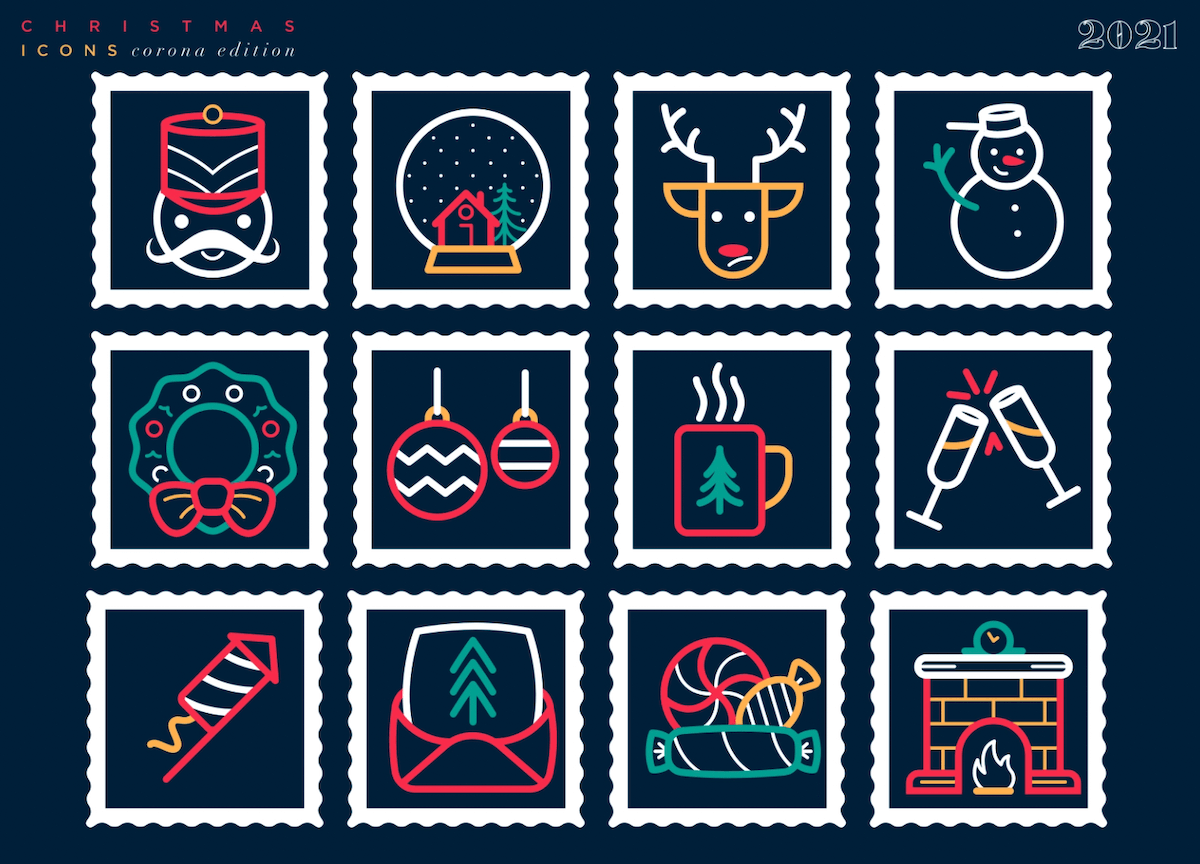
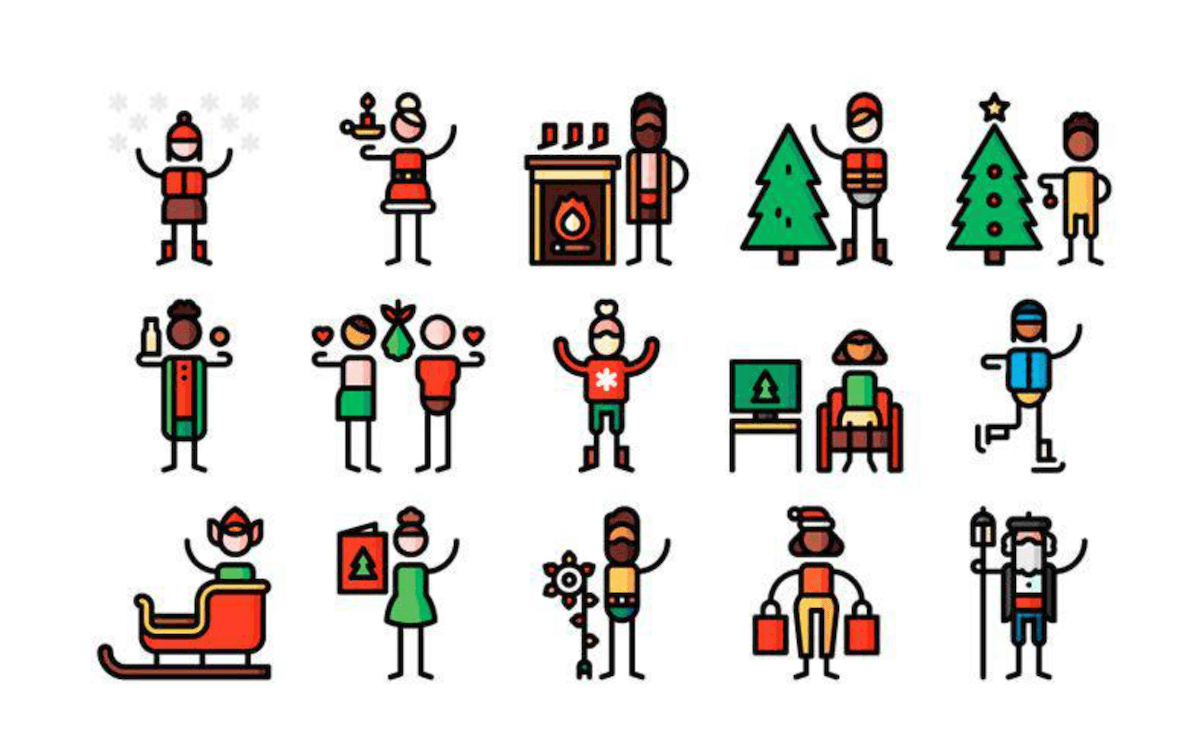


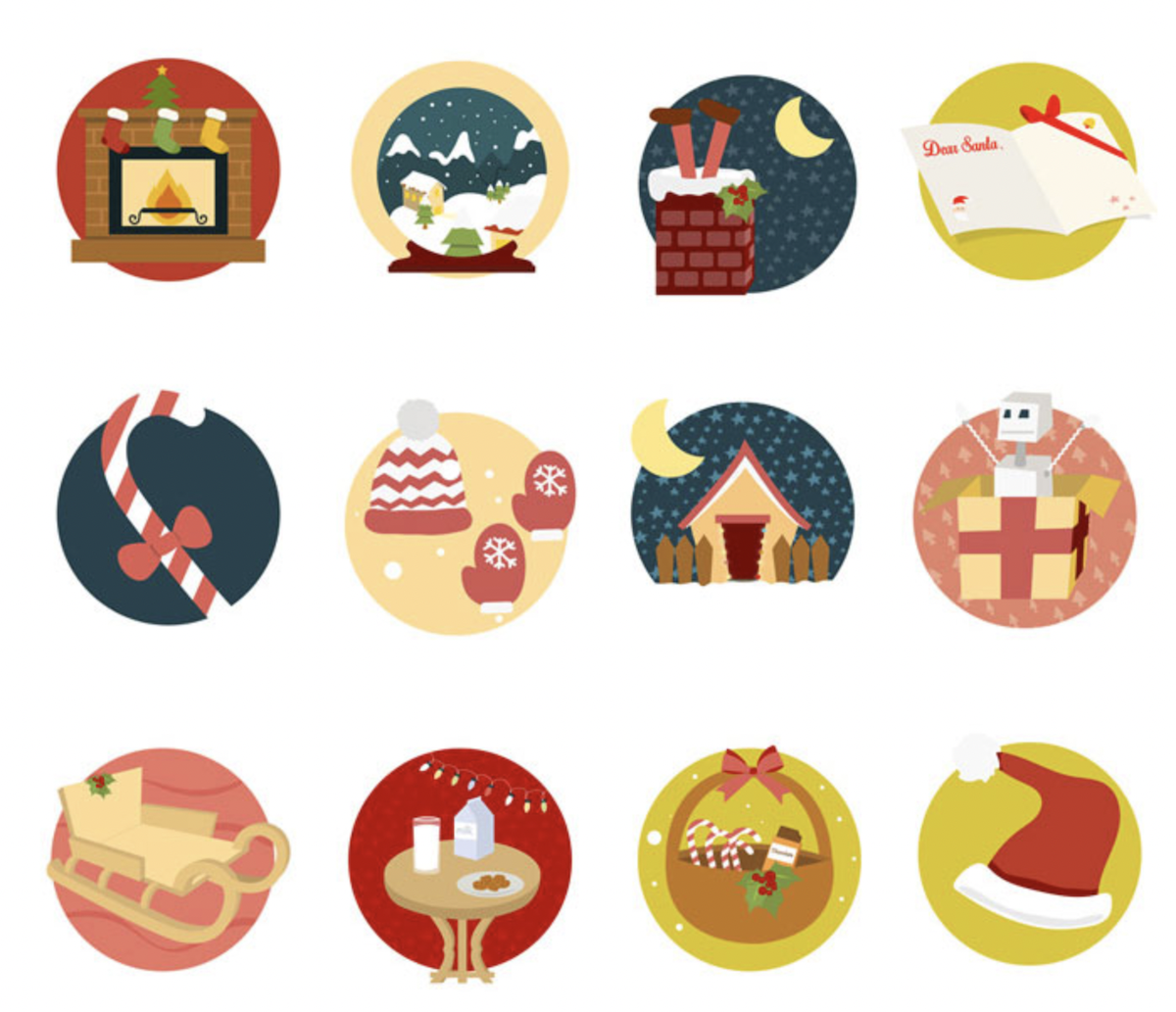
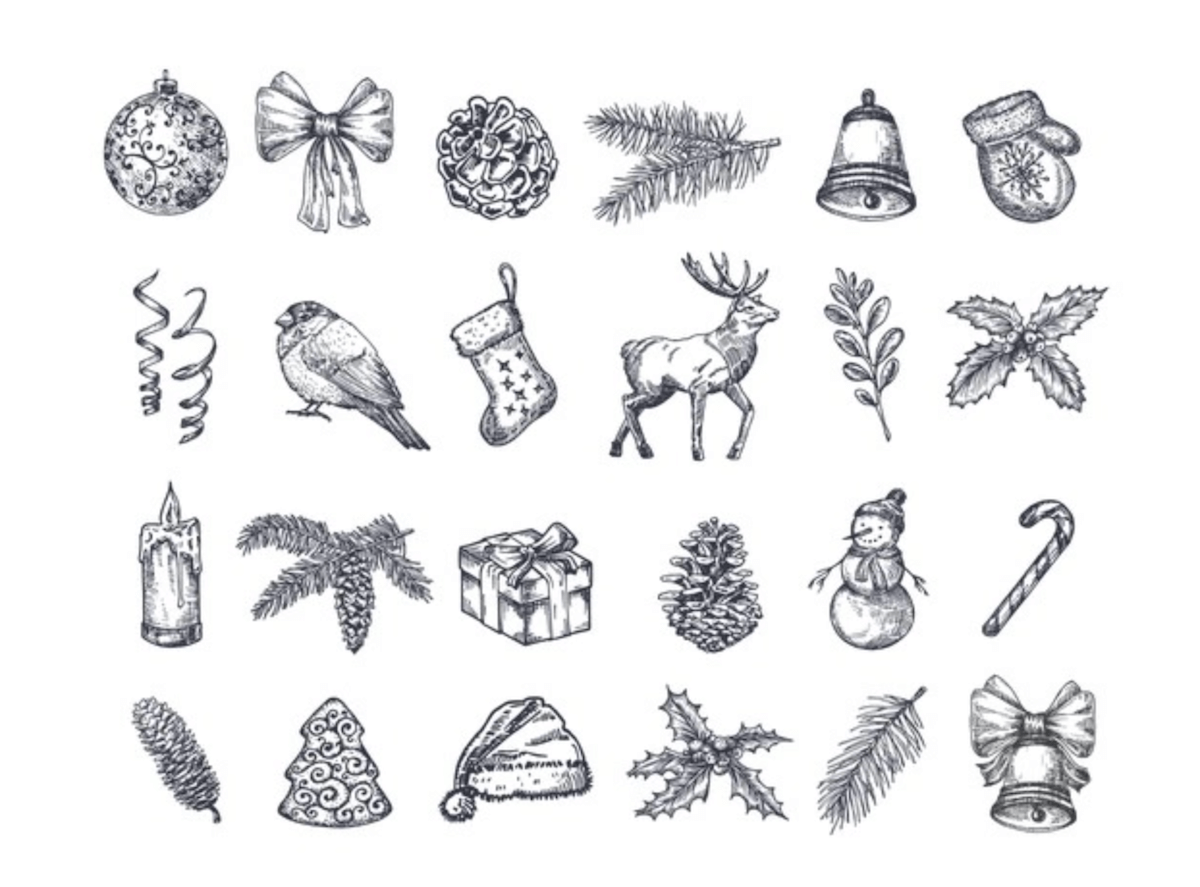


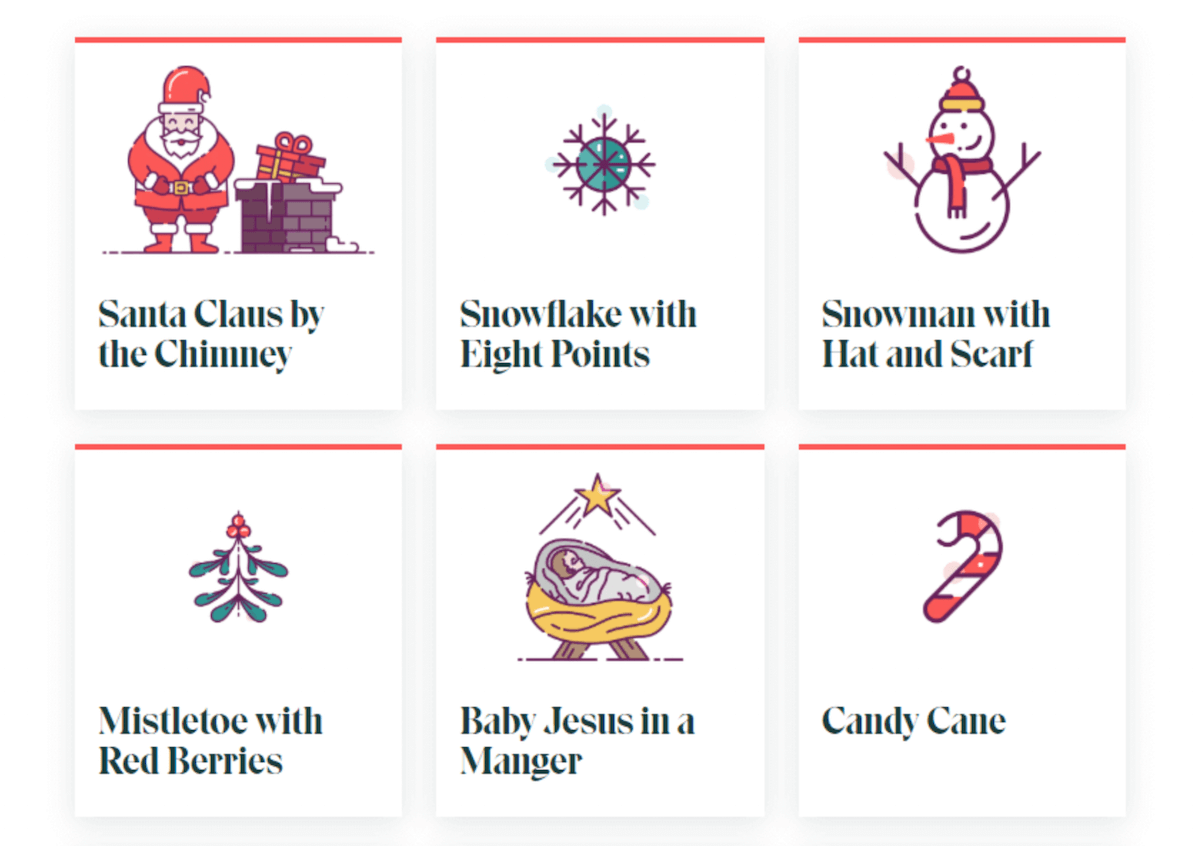
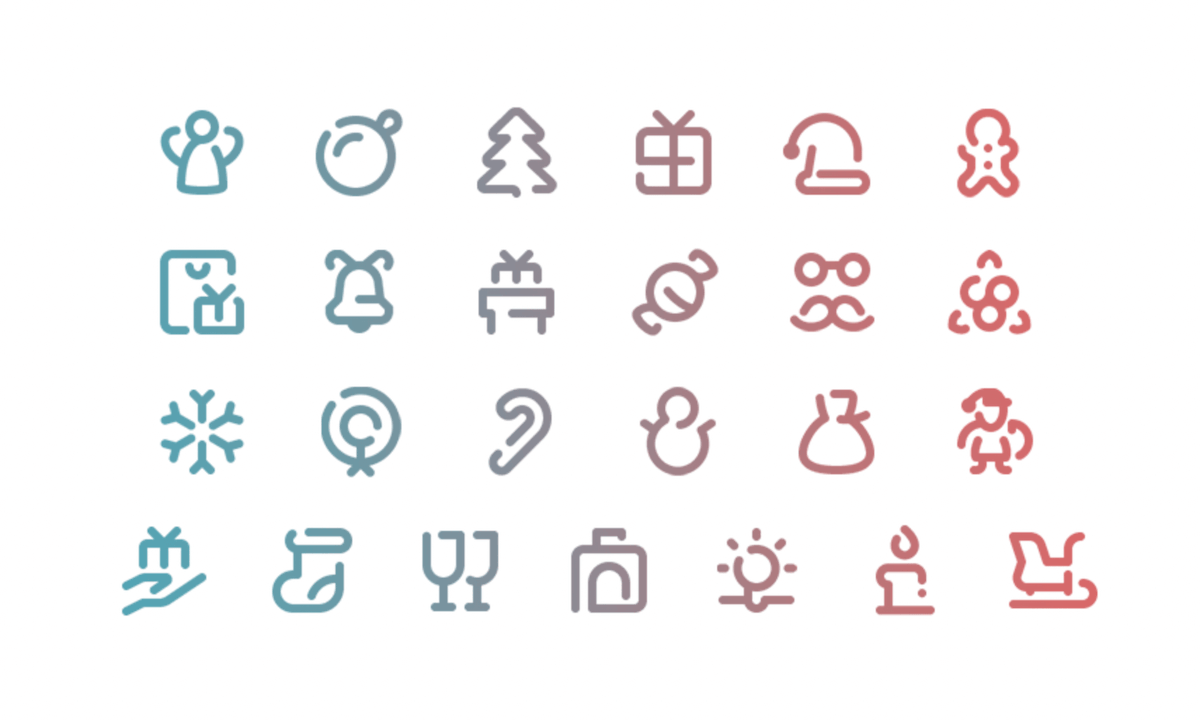


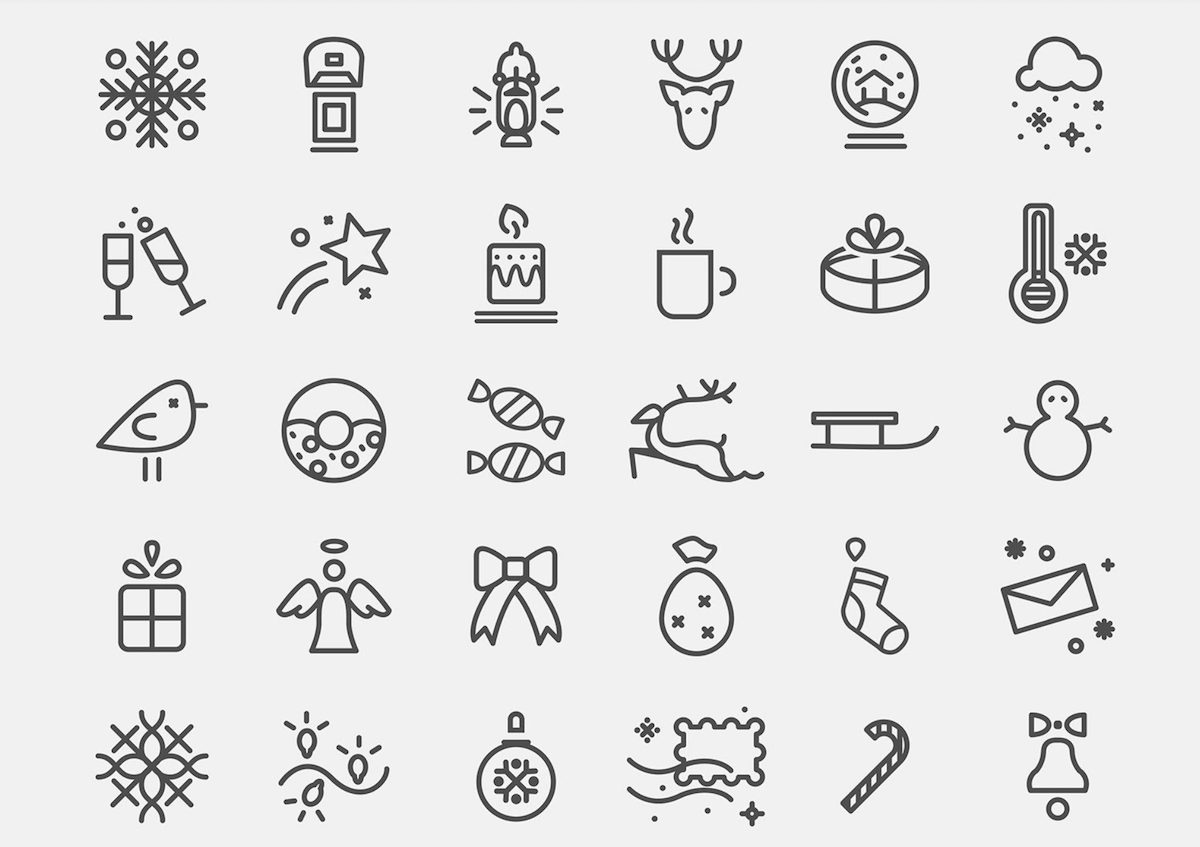






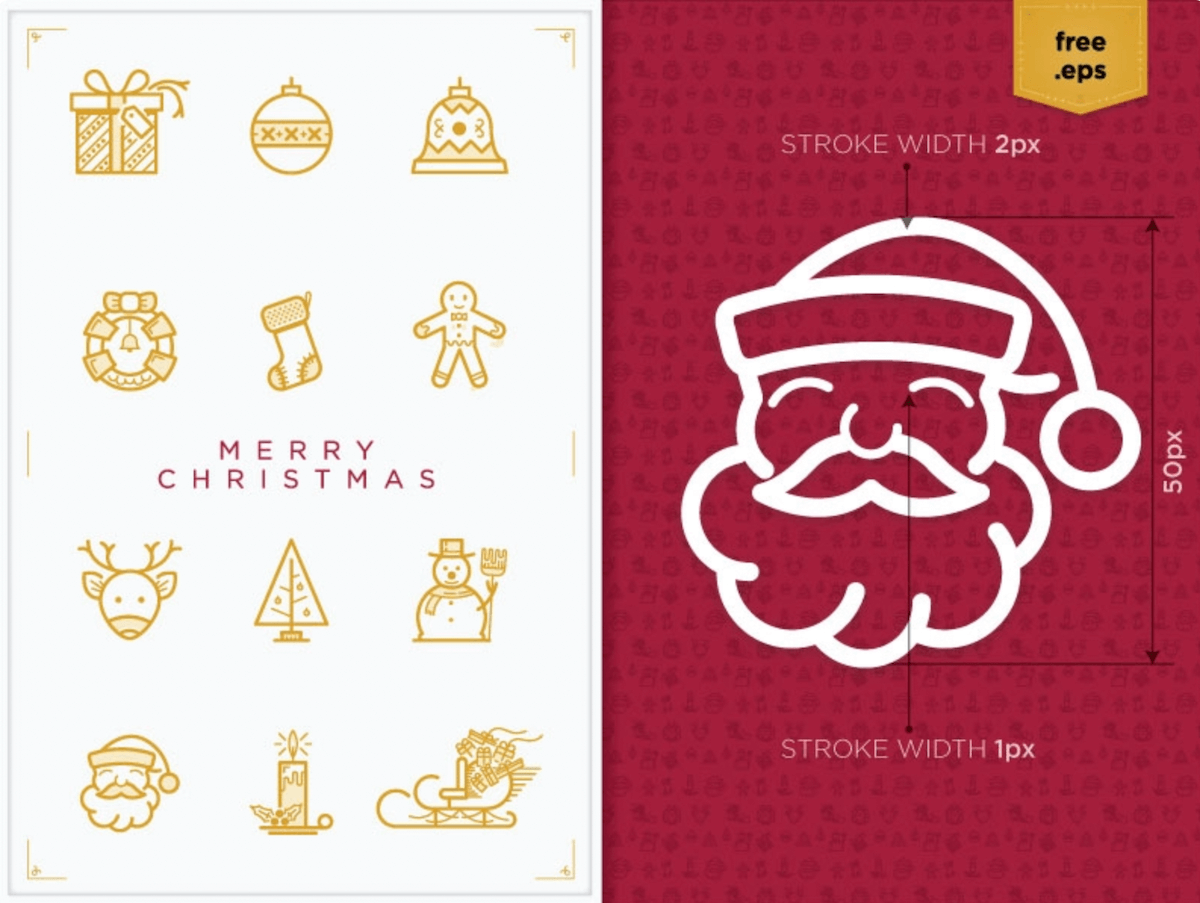



























 Are you tired of using the same old Google fonts from website to website? You’re in luck!
Are you tired of using the same old Google fonts from website to website? You’re in luck!



















